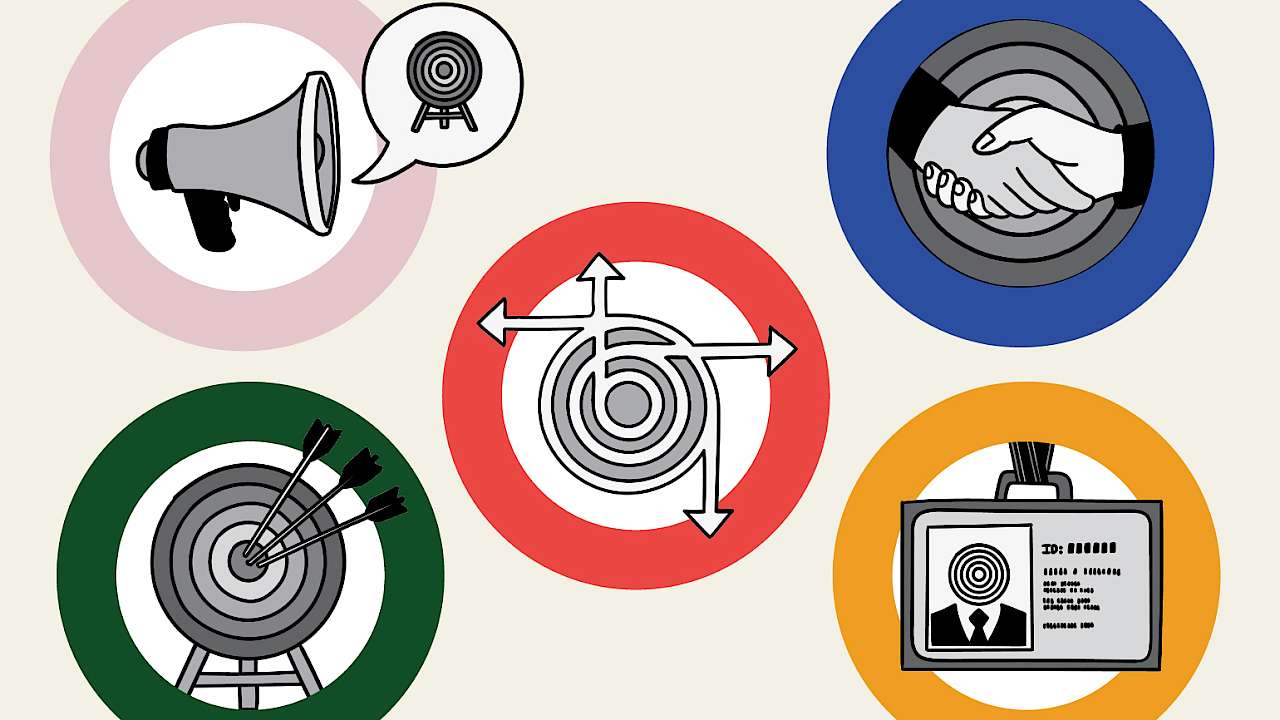Joint working is essential for the Emergency Services. When dealing with complex emergencies, police officers, firefighters, and paramedics must combine their expertise to work collectively as a joined-up team. To fully embed interoperability, we therefore need to understand the psychology of it. This animation pinpoints the five vital components around which to design targeted interoperability research and training.
You can also download, share, and print our poster on these five components.
Transcript
Joint working is essential for the Emergency Services. When dealing with complex emergencies, police officers, firefighters and paramedics must combine their expertise to work collectively as a joined-up team.
JESIP, the joint emergency services interoperability programme, was established in the UK in 2012. The goal of JESIP was to improve interoperability between the Emergency Services by developing new ways of joint working. For example, the introduction of a joint decision model to help structure and align decision-making.
While JESIP has made progress, achieving cultural change takes time, and there is a risk of resistance to such changes.
Culture is socially constructed, so if interoperability does not align with the beliefs, values and attitudes of employees, then buy-in can be low.
To fully embed interoperability, we therefore need to understand the psychology of it.
We, a team of social scientists from Liverpool and Lancaster universities, conducted a systematic literature review and identified 5 components that are essential for interoperability to thrive.
First – there needs to be effective communication and information exchange – interoperable teams prioritize efficient and meaningful communication, sharing relevant information while avoiding overload. This fosters a shared understanding and informed decision-making.
Second – successful interoperable teams must embrace flexibility and decentralization. Team members should have a clear understanding of roles, which will enable adaptivity and effective action, even in the absence or overload of another team member. Flexible and decentralised teams allow responsibilities and decision-making authority to be distributed aiding an efficient response.
Trust is a foundational element within an interoperable team. It encompasses different dimensions, including interpersonal trust – based on personal familiarity – role-based trust, which involves having confidence in the competence and reliability of individuals to fulfil a specific role, and group-level trust – which extends to any member representing a particular organisation or profession. Establishing and maintaining trust within the team is vital for interoperability.
Emergency workers must also maintain secure organisational identities within their interoperable team. Organisational identity refers to how individuals perceive themselves as members of their organization and their sense of alignment with its mission and values. Efforts to promote interoperability, through changes in doctrine or training, should prioritize respecting team members’ identities to prevent identity threats and promote a positive, inclusive team environment.
Finally, interoperable teams must have cohesive goals. While the overarching aim is saving lives, practical implementation may vary across roles and services. Translating and aligning these goals enables harmonious teamwork and coordination, fostering a unified team.
Taken together, we define interoperability as a shared system of technology and teamwork built upon trust, identification, goals, communication, and flexibility.
This definition can be used to empower researchers and end-users alike, pinpointing the vital components around which to design targeted interoperability research and training.
Copyright Information
As part of CREST’s commitment to open access research, this text is available under a Creative Commons BY-NC-SA 4.0 licence. Please refer to our Copyright page for full details.
IMAGE CREDITS: Copyright ©2024 R. Stevens / CREST (CC BY-SA 4.0)






